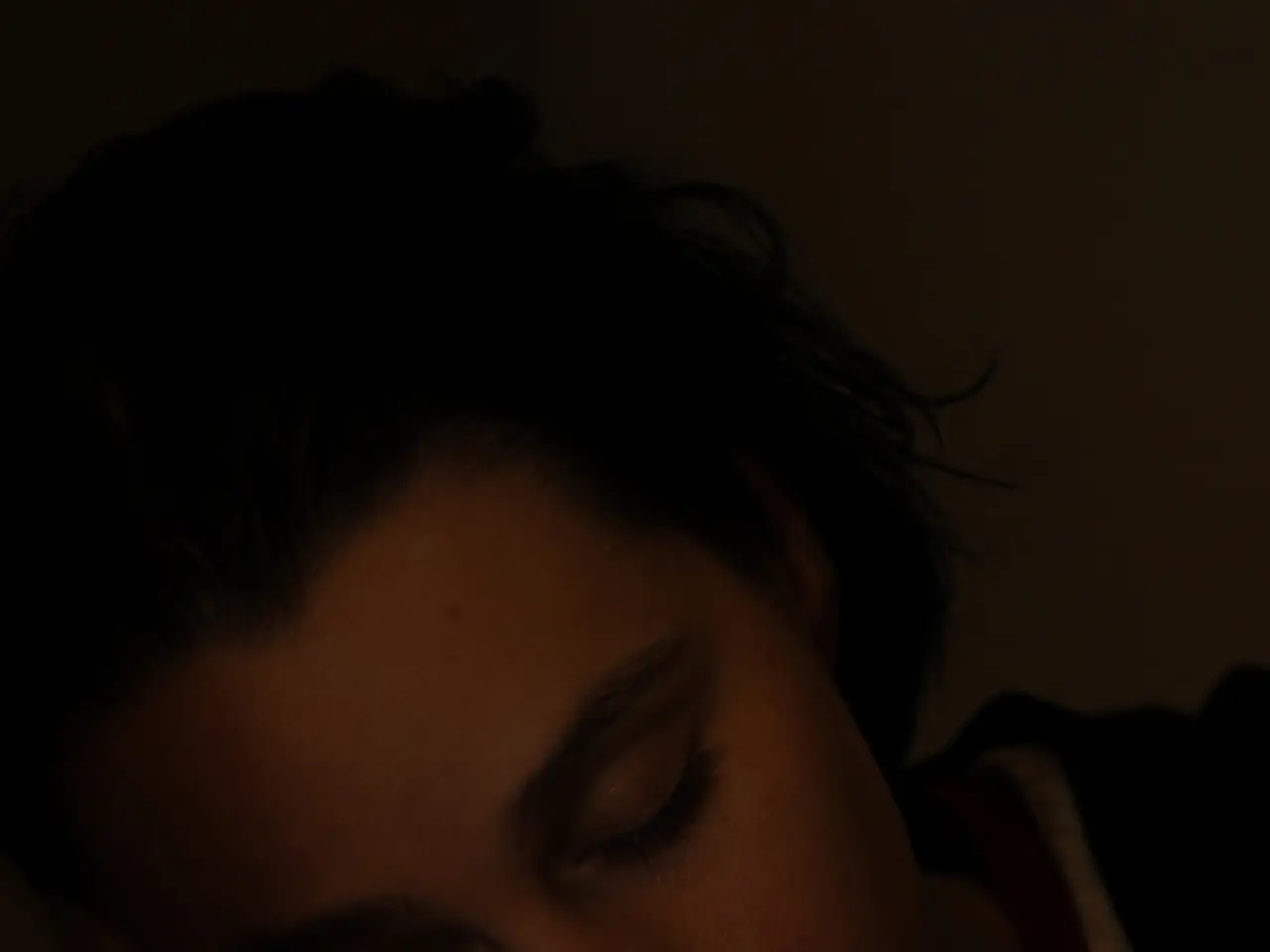Signs of Sleep Disorders: Symptoms, Causes, and When to Seek Assistance
Sleep is a fundamental aspect of our daily lives, yet many people struggle with various sleep disorders that affect their quality of rest and overall wellbeing. This article aims to provide an overview of some common sleep disorders, their symptoms, and potential treatment options.
Doctors typically diagnose a sleep disorder only after consistent symptoms and sleep disruptions have been experienced for at least three months. However, if a lack of sleep significantly interferes with daily life, causing depression or stress, it's advisable to consult a doctor sooner.
One such sleep disorder is insomnia, which causes difficulty falling asleep and staying asleep. Symptoms may include waking often during sleep, waking very early in the morning, being unable to fall back asleep, and issues with sleep quality. The first-line treatment for insomnia is Cognitive Behavioral Therapy for Insomnia (CBT-I), which includes sleep restriction, stimulus control, relaxation techniques, and cognitive restructuring. Medications may also be used in certain cases.
Another sleep disorder is sleep apnea, a condition where a person's breathing stops and restarts many times during the night, often resulting in loud snoring, gasping, and daytime sleepiness. Treatment typically involves the use of continuous positive airway pressure (CPAP) devices or other respirators to keep the airway open during sleep.
Restless Leg Syndrome (RLS) is a condition that causes tingling or crawling sensations in the legs, prompting an overwhelming urge to kick or move the legs. Medications like gabapentin and pregabalin are effective for symptom relief and improving sleep quality.
Narcolepsy is a neurological disorder that affects a person's brain, making it difficult to control sleep-wake cycles. Symptoms include excessive daytime sleepiness, sudden sleep attacks, and disturbed nocturnal sleep. Narcolepsy can also cause people to experience sudden bouts of extreme tiredness and fall asleep unexpectedly, even during activities like eating, driving, or walking. The best treatment for narcolepsy is prescription wake-promoting drugs such as modafinil or pitolisant.
Circadian rhythm disorders describe sleep patterns that are out of sync with the person's environment and can be temporary or long-lasting. People with these disorders may fall asleep in the early evening and wake very early in the morning, while others may not be able to sleep until very late at night but have difficulty waking in the morning. Treatment strategies include sleep hygiene improvements, controlled exposure to light, melatonin supplements, and in some cases, specialized equipment to assist with regulating sleep-wake timing.
Parasomnias, such as sleepwalking or night terrors, are unwanted physical or verbal activities that someone experiences during sleep. Treatment depends on severity and may involve safety precautions, behavioral interventions, and sometimes medication.
Across all disorders, treatment choice depends on diagnosis, patient history, and preferences, often combining behavioral and pharmacological approaches for maximal effect. Sleep hygiene—maintaining regular sleep schedules, avoiding caffeine or alcohol before bedtime, and creating a comfortable sleep environment—is fundamental in managing many sleep disorders.
The American Academy of Sleep Education suggests people can improve their sleep quality by going to bed and getting up at the same time every day, avoiding electronic devices before bed, engaging in relaxing activities before bed, avoiding caffeine and alcohol before bed, avoiding eating immediately before bed, ensuring the bedroom is comfortable, sufficiently dark, and quiet, exercising regularly, and getting out of bed if unable to sleep and engaging in a quiet, low-light activity.
In conclusion, understanding and managing sleep disorders requires knowledge of their symptoms, potential causes, and treatment options. If you suspect you may be experiencing a sleep disorder, it's important to consult a healthcare professional for diagnosis and guidance on the best course of action.
- Cognitive Behavioral Therapy for Insomnia (CBT-I) and medication can help manage symptoms of insomnia, a sleep disorder characterized by difficulty falling asleep and staying asleep, which can significantly impact mental-health and overall health-and-wellness.
- Maintaining regular sleep schedules, avoiding electronic devices before bed, and creating a comfortable sleep environment are effective sleep hygiene practices that can help manage various sleep disorders and improve sleep quality, as suggested by the American Academy of Sleep Education.




